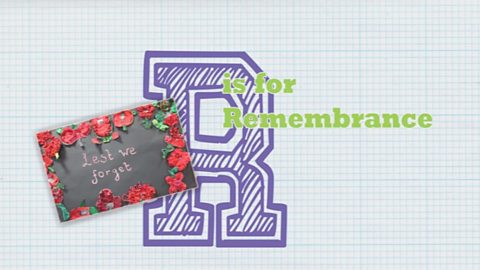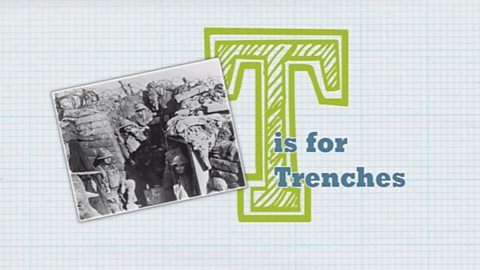Video summary
Newsreel and commentary describe the effects of shrapnel during World War One.
Shrapnel shells caused more injuries than any other weapon of the war years.
A dramatic monologue introduces field surgeon Elsie Inglis, a pioneering Scot who worked in field hospitals in Serbia.
She tells us how women are helping to deal with a range of threats such as shrapnel injuries and infections such as typhus and dysentery.
Elsie looks forward to a world after the war, where women enjoy equality with men - and the right to vote.
This clip is from the series WW1 A to Z.
Teacher Notes
Pupils could find out more about the life of Elsie Inglis, using books and websites to help them.
The children could also research the suffragette movement before the war. In her onscreen monologue, Elsie expresses the hope that women will gain the right to vote when the war ends.
Do pupils think Elsieβs own example help to advance the cause of equality? Did the war change the perception of women in Britainβs national life?
This short film is suitable for teaching history at Key Stage 2 / Second Level or above.
R is for Remembrance. video
Schoolchildren describe the national act of remembrance that takes place on 11th November each year.

T is for Trenches. video
Newsreel, schoolchildrenβs commentary and dramatic monologue describe the conditions of British trenches on WW1's Western Front.

U is for Unsung Heroes. video
Newsreel, schoolchildrenβs commentary and dramatic monologue illustrate the role of animals in WW1, including the famous terrier Sergeant Stubby.
